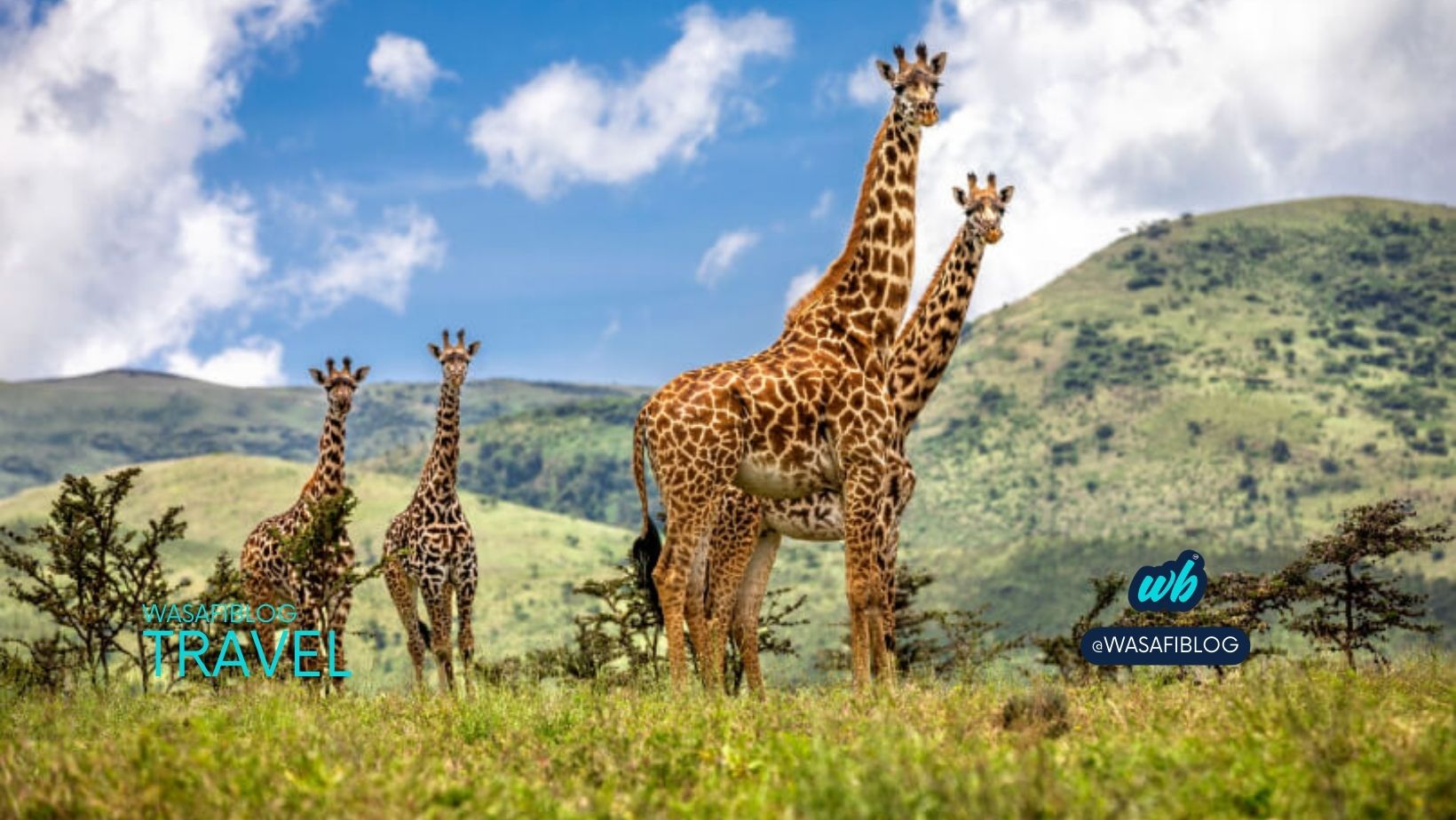When To Visit Tanzania For Wildlife Safari Adventures
Tanzania, an enchanting land where diverse wildlife roams amidst stunning landscapes, is an absolute must-visit for any avid wildlife adventurer. However, determining Tanzania’s safari seasons for wildlife adventures is not straightforward. Timing plays a crucial role in optimizing the opportunity to witness wildlife in its natural habitat and truly immerse oneself in the captivating allure of the African wilderness.

The Best Safari Seasons in Tanzania!
The best time for a Tanzania safari largely depends on the specific wildlife sightings and experiences you seek to encounter.
We are excited to share our in-depth expertise and help you find the ideal time for your safari adventure in Tanzania.
How To Find Your Perfect Tanzania Safari Time
We’ve carefully curated comprehensive travel tips and advice to help you plan your trip effectively and make the most of your experience amidst Tanzania’s stunning natural beauty.
a. Consider the Weather
Tanzania is a year-round safari destination, but the weather can vary significantly depending on the time of year you visit.
Here’s what you need to know:
The Dry Season: June – October
This time of year offers the best opportunity for wildlife viewing, as animals tend to gather around water sources, making them more visible.
The weather is warm and sunny, with average temperatures ranging from 75-85°F (24-29°C).
Rainfall is minimal to none, resulting in clear skies and low humidity.
- Pros:
- Clear skies and warm days: Expect sunny days and cool nights, perfect for game viewing.
- Excellent wildlife viewing: Animals gather around water sources due to the lack of rain, creating concentrated sightings.
- Easy game drives: Dust is minimal, and roads are passable.
- Great for photography: Clear skies and abundant sunlight make for stunning visuals.
- Cons:
- Higher prices: This is the peak season, so accommodation and flights can be expensive.
- Crowds: More tourists means competition for prime viewing spots and lodges.
- Bushfires: Dry vegetation can lead to occasional bushfires, limiting access to certain areas.
Rainy Season (March-April and November-May):
At this time of year, wildlife viewing may present more challenges as animals disperse in search of food and water.
The hot and humid temperatures, averaging 80-90°F (27-32°C), can make outdoor activities more demanding.
Additionally, heavy downpours of rain, although typically brief, may occur.
- Pros:
- Lower prices: Accommodation and flights are generally cheaper during this period.
- Fewer crowds: Enjoy quieter game drives and a more intimate experience.
- Abundant wildlife: The landscape comes alive with vibrant colors and newborn animals, offering different perspectives on the wilderness.
- Birding opportunities: This is the best time to spot migratory birds.
- Cons:
- Rain: The amount of rainfall varies depending on the region, but expect showers and potentially muddy roads.
- Lower visibility: Rain can sometimes obscure visibility, making game viewing less predictable.
- Limited game viewing: Animals disperse throughout the landscape, making sightings less frequent.
Green Season (January-February):
During this time, wildlife viewing can be unpredictable, but some areas may offer better sightings.
Temperatures are warm and muggy, with average temperatures of 70-80°F (21-27°C).
Expect intermittent showers, but skies can be partially clear.

b. Focusing on the Wildlife:
The Great Migration:
For an epic spectacle, plan your safari around the wildebeest migration in Tanzania and Kenya.
This breathtaking event happens from June-July as they cross the Mara River, and October-November as they return to the Serengeti.
Birding Enthusiasts:
The wet season is particularly good for birdwatching, as the abundance of water and vegetation attracts a wide variety of species.
Predator Viewing:
The dry season offers better visibility of predators, as animals gather around water sources.
3. Embrace the Off-Season:
Shoulder Season (April-May & September-October): You can experience lower prices and fewer crowds while still enjoying good weather conditions.
- Pros: Less crowded, more affordable, and potentially better wildlife viewing opportunities as animals are less accustomed to tourist activity.
- Cons: The weather can be less predictable, and some lodges may be closed.
4. Individual Preferences:
Heat Sensitivity: If you’re sensitive to heat, consider traveling during the wet season or shoulder seasons when temperatures are more moderate.
Crowds: If you prefer a more intimate safari experience, travel during the off-season or consider venturing to less popular parks.
Budget: Prices are typically higher during peak season. Consider the shoulder season or wet season for a more budget-friendly safari.
5. Remember that Planning is Key:
Book well in advance: Especially during peak season, as campsites and lodges fill up quickly.
Consider a guided tour: This will allow you to maximize your safari experience and take advantage of local knowledge.
Pack accordingly: Pack light, comfortable clothes, mosquito repellent, sunscreen, a hat, and good hiking boots.
- Communicate with your tour operator or lodge: They can provide the best advice on the current conditions and provide recommendations for your specific interests best safari season calender..
Conclusion
The best time to visit Tanzania not only depends on your personal preferences and travel interests but also on knowing the exact period to experience Wildlife. It’s important to thoroughly research your options, get advice from an experienced travel consultant, and fully embrace the spirit of adventure.










